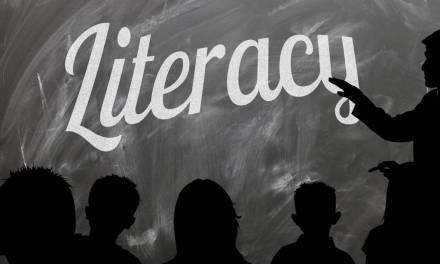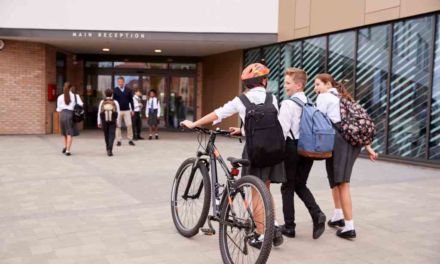The recent SEND review has highlighted how intervention within schools needs addressing. Can primary schools and parental involvement help support early intervention?
If earlier intervention and support were in place from parents, then could it mean that measures further down the line may not have to be implemented saving time, money and resources for a school’s budget?
“Parental involvement in the form of ‘at-home good parenting’ has a significant positive effect on children’s achievement and adjustment even after all other factors shaping attainment have been taken out of the equation.”
The government has announced an additional £1 billion of investment in 2022-23, but the SEND review has stated:
“Whilst future funding will need to take account of the increasing prevalence of children and young people with the most complex needs, this needs to be balanced with targeting spending more at strengthening early intervention.”
The realisation for increased funding for intervention has been recognised. Do you think the additional funding will be wisely spent; where should it be allocated?
Students need more support earlier on in their academic lives as it can help resolve certain issues they may be experiencing from an earlier age.
Coinciding with student dilemmas, teachers themselves need support. There has been little training and support resulting in teachers becoming unsure of how to deal with certain students. According to a study from last year:
“Almost all of the respondents (97%) expressed a desire to receive training in supporting young people’s mental health, with two thirds of teachers (65%) stating they haven’t received any training related to mental health in the last twelve months.”
What training have you been installing within your establishment and is it beneficial? Would enhanced CPD result in improved results for cohorts? If more CPD was implemented then it could allow students to be in a better position than if there was nothing in place.
Lack of early intervention leads to problems
A lack of intervention can result in students being significantly disadvantaged. According to a study:
“The scale of children affected is considerable: up to 10% of children have a long-term, persistent communication disability, and approximately 50% in socially disadvantaged areas have significant language delay on entry to school. There is a strong correlation between communication difficulties and low attainment, mental health issues, poor employment or training prospects and youth crime.”
A lack of intervention can be detrimental to students’ development. Is the government doing enough to rectify this issue? The government has proposed to:
“improve mainstream provision, building on the ambitious Schools White Paper, through excellent teacher training and development and a ‘what works’ evidence programme to identify and share best practice, including in early intervention.”
What can happen to students’ development and wellbeing if early intervention doesn’t occur? In addition to this:
“children and young people are placed in alternative provision due to lengthy delays in securing an EHCP assessment, seriously disrupting an already challenging educational journey.”
It is agreeable to say that some alternative provisions can be beneficial for students. However, it has to be said if there was an earlier intervention implemented then certain students’ experiences could be positively changed.
Mathematics teacher Stephanie Lowes said:
“It seems to take far too long to identify which students need intervention when they arrive at secondary school in Year 7. Primary schools need to pass on as much information as they can about individual students so their intervention can begin and continue from day one.”
What solutions can be offered?
There could be several intervention methods that can support families and schools.
Targeted selective interventions help support families who have broad demographic risks like low income.
Targeted indicated interventions are beneficial for those who require more intensive support or have diagnosed problems.
By addressing both targets collectively it can lead to physical, cognitive, behavioural and social and economic development for students, families and schools involved.
“Investment cannot continue to rise at the current rate, particularly since this is not matched by improved outcomes or experiences for children, young people and their families.”
Increased investment can support late intervention which subsequently can improve students’ attainment levels. Additionally, regular CPD training for teachers can develop their understanding and should be implemented.
If there was early intervention installed in schools, especially within the primary school setting, then it can alleviate pressures placed on secondary schools concerning certain students. Miss Lowes said:
“In September 2021, many Year 7 students arrived at secondary school with very little information about their attainment. As a result, students were placed in random classes with no reasoning behind their placement. It took a whole half-term for students to be identified and for interventions to be put in place.”
Alternative provisions can be positive
Alternative provisions can be useful in some respects and beneficial for some students. However, enhanced early intervention could bolster learning experiences for students and limit the need for certain measures to be inputted.
The government needs to follow through with their promises and ensure that the education sector is overhauled with several different methodologies for early intervention explored.
Miss Lowes stated:
“Year after year the focus is on the Year 11 students with many subject-specific after school sessions offered to these students. Schools I have worked in have put these sessions on in their own time with little to no reward. With workload already being an issue within the profession, it is easy to see why teachers struggle to offer subject-specific after school intervention to all year groups.”
Strategized and invested early intervention could improve many aspects of education. To find some more information on intervention then click here.









